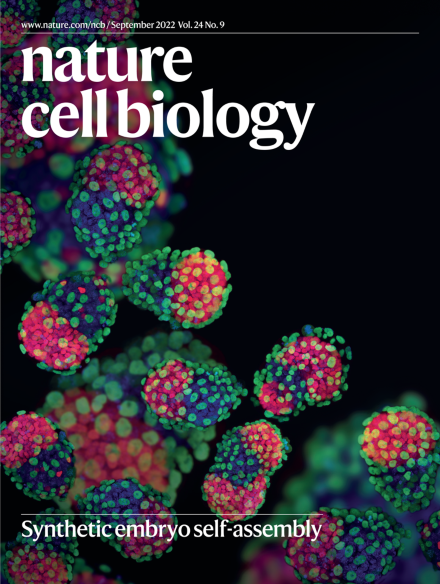CellNavi通过学习基因图增强的细胞状态歧管来预测指导细胞转变的基因。
IF 19.1
1区 生物学
Q1 CELL BIOLOGY
引用次数: 0
摘要
少数基因在细胞状态转变过程中起关键驱动作用。然而,寻找参与不同转变的关键基因是具有挑战性的。在这里,为了解决这个问题,我们提出了CellNavi,一个基于深度学习的框架,旨在预测驱动细胞状态转变的基因。CellNavi在细胞状态流形上建立了一个驱动基因预测器,通过学习大规模、高维转录组学数据和整合带有定向连接的基因图来捕捉细胞的内在特征。我们的分析表明,CellNavi可以准确预测不同细胞类型、条件和研究中由遗传、化学和细胞因子扰动引起的转变的驱动基因。通过利用生物学上有意义的细胞状态歧管,它精通涉及关键转变的任务,如细胞分化,疾病进展和药物反应。CellNavi代表了驱动基因预测和细胞状态操纵方面的重大进步,为疾病生物学和治疗发现开辟了新的途径。本文章由计算机程序翻译,如有差异,请以英文原文为准。
CellNavi predicts genes directing cellular transitions by learning a gene graph-enhanced cell state manifold.
A select few genes act as pivotal drivers in the process of cell state transitions. However, finding key genes involved in different transitions is challenging. Here, to address this problem, we present CellNavi, a deep learning-based framework designed to predict genes that drive cell state transitions. CellNavi builds a driver gene predictor upon a cell state manifold, which captures the intrinsic features of cells by learning from large-scale, high-dimensional transcriptomics data and integrating gene graphs with directional connections. Our analysis shows that CellNavi can accurately predict driver genes for transitions induced by genetic, chemical and cytokine perturbations across diverse cell types, conditions and studies. By leveraging a biologically meaningful cell state manifold, it is proficient in tasks involving critical transitions such as cellular differentiation, disease progression and drug response. CellNavi represents a substantial advancement in driver gene prediction and cell state manipulation, opening new avenues in disease biology and therapeutic discovery.
求助全文
通过发布文献求助,成功后即可免费获取论文全文。
去求助
来源期刊

Nature Cell Biology
生物-细胞生物学
CiteScore
28.40
自引率
0.90%
发文量
219
审稿时长
3 months
期刊介绍:
Nature Cell Biology, a prestigious journal, upholds a commitment to publishing papers of the highest quality across all areas of cell biology, with a particular focus on elucidating mechanisms underlying fundamental cell biological processes. The journal's broad scope encompasses various areas of interest, including but not limited to:
-Autophagy
-Cancer biology
-Cell adhesion and migration
-Cell cycle and growth
-Cell death
-Chromatin and epigenetics
-Cytoskeletal dynamics
-Developmental biology
-DNA replication and repair
-Mechanisms of human disease
-Mechanobiology
-Membrane traffic and dynamics
-Metabolism
-Nuclear organization and dynamics
-Organelle biology
-Proteolysis and quality control
-RNA biology
-Signal transduction
-Stem cell biology
 求助内容:
求助内容: 应助结果提醒方式:
应助结果提醒方式:


